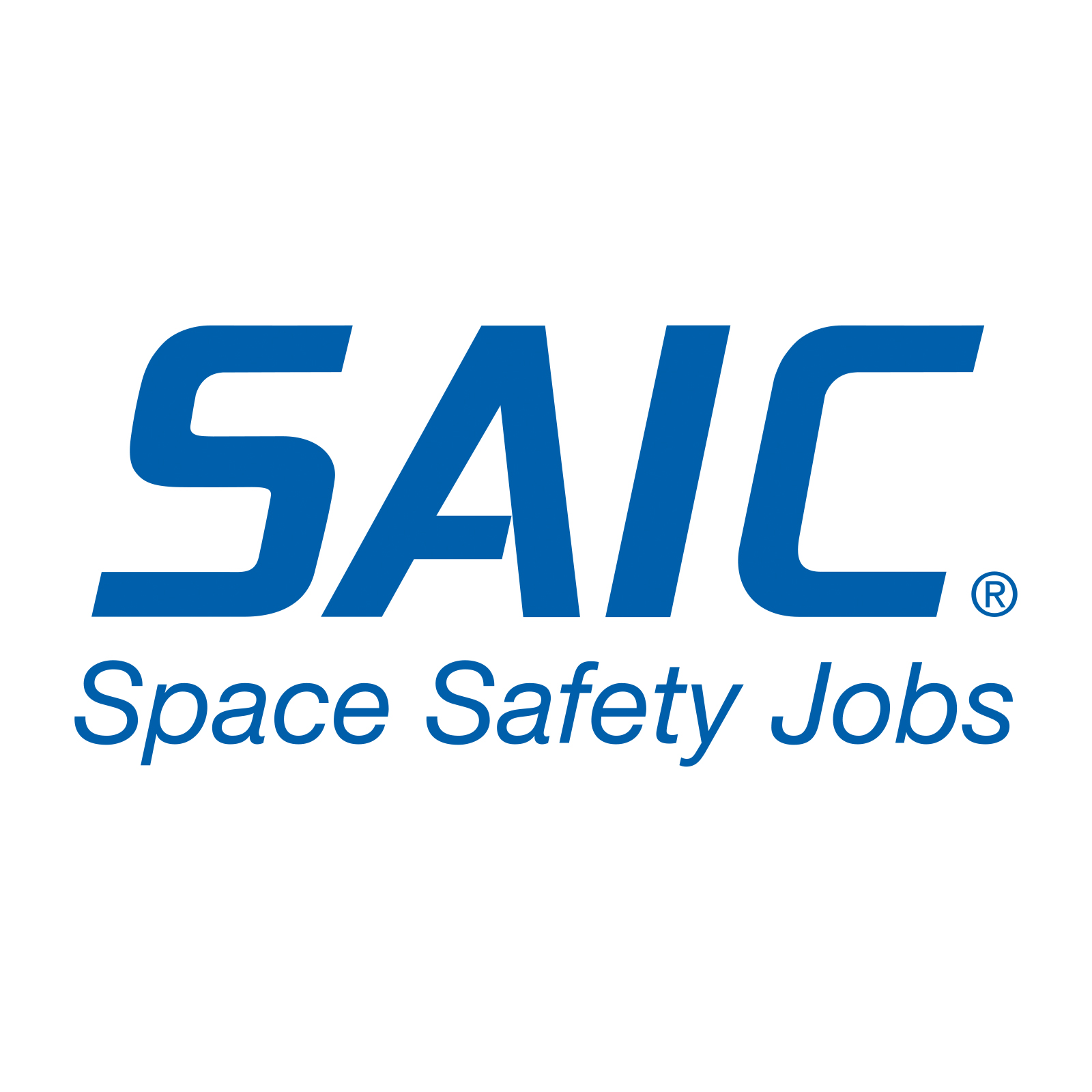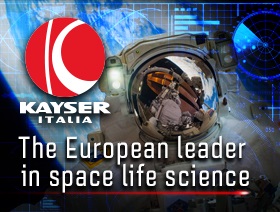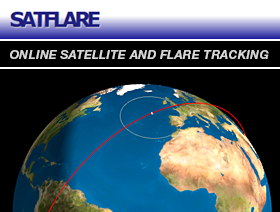A team of scientists at the University of Strathclyde went looking for some asteroids that would make good candidates for space mining. They found some.
After combing through a database of over 9,000 near Earth objects (NEOs), the team found 12 candidates that could be nudged into Sun-Earth Lagrangian points with no more than 500 m/s ΔV. They called this candidate group Easily Retrievable Objects (EROs).
The study was published in Celestial Mechanics and Dynamical Astronomy and may have additional implications beyond providing mining candidates. NASA’s proposed Asteroid Retrieval Mission had run into a snag recently due to difficulty in identifying appropriate retrieval targets. Although the newly designated EROs still need to be characterized – to determine, for instance, whether they are rocky or rubble in formation – they appear to be about the right size and orbit to meet NASA’s needs.
Although some concern has been expressed that displacing these asteroids could bring them into a collision course with Earth, the risk appears to be rather low. The closest a Lagrange 1 or 2 point orbiting object would come to Earth would be about 1.5 million km. If one were to be mistakenly punted in Earth’s direction, these candidates are too small to do much harm, except perhaps to a passing satellite; the rocks themselves would burn up in the atmosphere.
While the study reports that these retrievals can be effected using current technology, some sort of deep space spacecraft capability would be required, even if only robotic in nature. Such a spacecraft is not currently operational, although a couple options are in development.
Read the complete article here.

















































































































![A trajectory analysis that used a computational fluid dynamics approach to determine the likely position and velocity histories of the foam (Credits: NASA Ref [1] p61).](https://www.spacesafetymagazine.com/wp-content/uploads/2014/05/fluid-dynamics-trajectory-analysis-50x50.jpg)



Leave a Reply